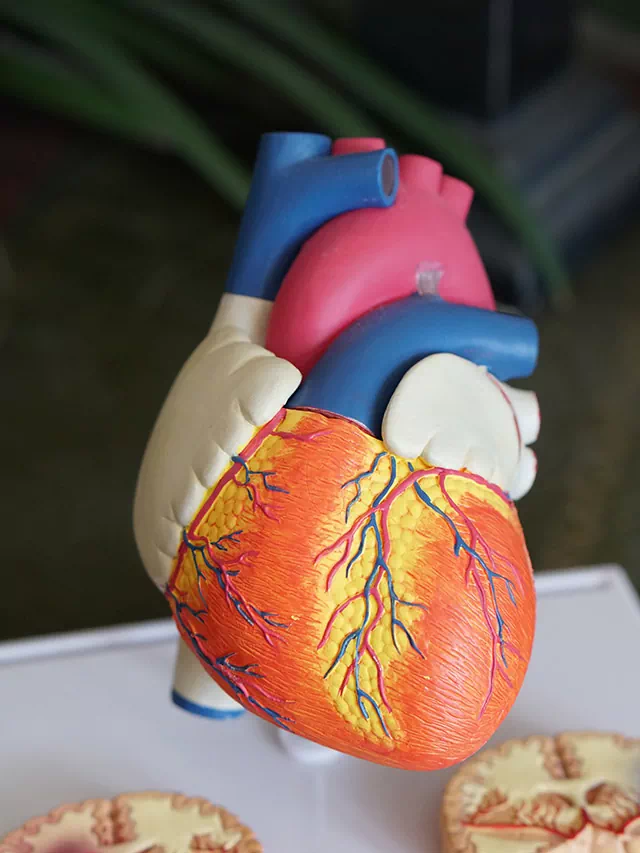Push-ups are one of the most basic and effective bodyweight exercises that can help build strength and muscle in the upper body. When performed correctly, push-ups work a variety of muscles including the chest, triceps, shoulders, and core.
The key to building muscle with push-ups is to progressively increase the intensity of the exercise. This can be done by performing more reps, using a slower tempo, or adding resistance through the use of weight plates or a weighted vest.
Studies have shown that push-ups can significantly increase muscle thickness in the chest, triceps, and shoulders, as well as improve overall upper body strength. Additionally, push-ups are a functional exercise that can help improve stability and coordination, making them a valuable addition to any strength-training program.
It’s important to note that push-ups are not the only exercise needed for building muscle. A well-rounded strength training program should also include exercises for the lower body, back, and biceps. Additionally, incorporating exercises for the legs, such as squats and deadlifts, will help to create a balanced physique and prevent injury.
Another important factor in building muscle with push-ups is to ensure that proper form is maintained throughout the exercise. Incorrect form can not only reduce the effectiveness of the exercise but can also lead to injury. To perform a proper push-up, start in a plank position with your hands placed slightly wider than shoulder-width apart. Lower your body down until your chest touches the ground, then push back up to the starting position. Keep your body straight and engage your core throughout the movement.
Incorporating variety into your push-up routine can also help to target different muscle groups and prevent boredom. Different push-up variations such as diamond push-ups, clap push-ups, and plyometric push-ups can work different muscle fibers and provide a new challenge.
It’s important to remember that building muscle takes time and consistency. Adding push-ups to your strength-training routine two to three times a week, along with proper nutrition and adequate rest, can help you achieve your muscle-building goals. As you progress, you can continue to increase the intensity of your push-ups by adding weight or increasing the number of reps.
Additionally, it’s important to note that push-ups can also have cardiovascular benefits, as they can increase heart rate and improve endurance. This makes push-ups a great exercise for those looking to improve their overall fitness and health.
Another benefit of push-ups is that they can be performed anywhere, with no equipment required. This makes them an ideal exercise for those who are unable to get to a gym or for those who prefer to work out at home. They can also be easily modified to accommodate different fitness levels, making them accessible for a wide range of individuals.
In terms of overall muscle development, push-ups are most effective when performed as part of a comprehensive strength-training program that includes a variety of exercises for all muscle groups. This will help to ensure that the entire body is trained and that muscle imbalances are prevented.
It’s important to listen to your body and be aware of any pain or discomfort during push-ups. If you experience pain, it’s best to stop the exercise and seek medical advice. In some cases, pain during push-ups may be a sign of an underlying condition such as a rotator cuff injury, and it’s best to seek medical attention promptly to prevent further damage.
In conclusion, push-ups are a highly effective exercise for building muscle and improving upper body strength. By progressively increasing the intensity of the exercise and incorporating it into a well-rounded strength-training program, individuals can see significant improvements in muscle size and overall fitness.




